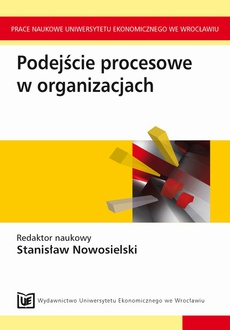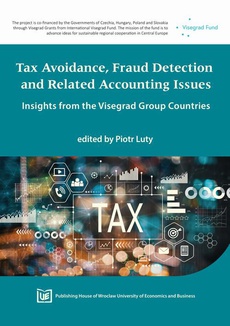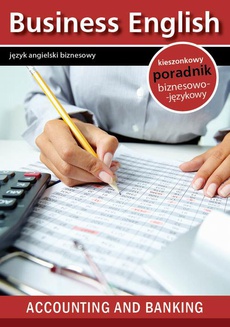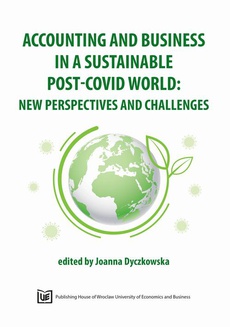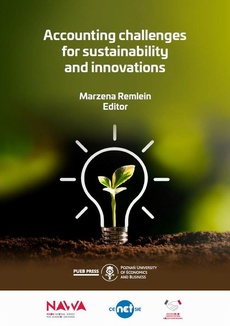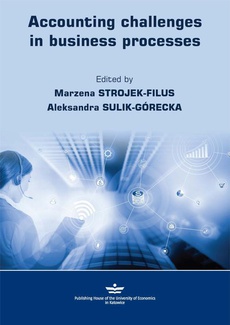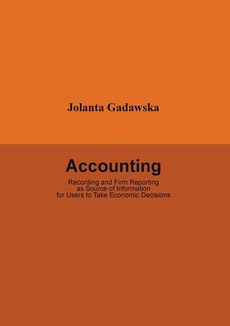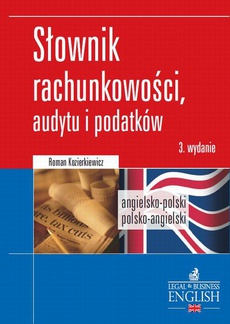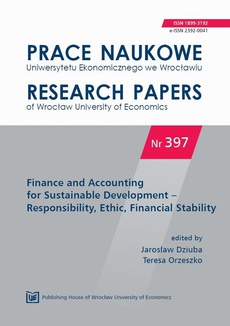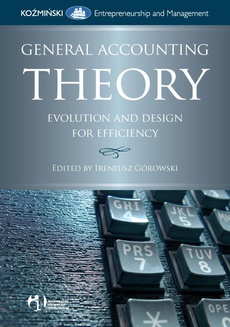POLECAMY
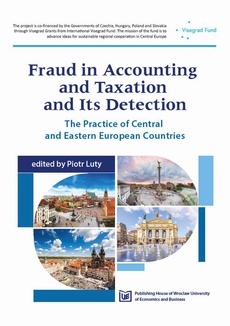
Fraud in Accounting and Taxation and Its Detection. The Practice of Central and Eastern European Countries
Redakcja:
Format:
ibuk
Monografia jest drugą z trzech publikacji zaplanowanych w ramach projektu „Experience-sharing of Visegrad countries to tax avoidance activity”. Praca powstała przy współudziale autorów krajów Europy Środkowo-Wschodniej. Składa się z pięciu rozdziałów. W pierwszych trzech poruszana jest tematyka związana z różnymi sposobami wykrywania oszustw na podstawie sprawozdań finansowych spółek, z oceną ryzyka podatkowego, a także z wdrażaniem rozwiązań prawnych służących do minimalizowania unikania opodatkowania. Dwa ostatnie rozdziały poświęcone są robotyzacji i automatyzacji procesów rachunkowości w celu eliminowania nadużyć podatkowych oraz zaprezentowaniu nowych narzędzi do ujawniania oszustw podatkowych (w tym na podatku VAT).
| Rok wydania | 2022 |
|---|---|
| Liczba stron | 108 |
| Kategoria | Publikacje darmowe |
| Wydawca | Wydawnictwo Uniwersytetu Ekonomicznego we Wrocławiu |
| ISBN-13 | 978-83-7695-941-2 |
| Numer wydania | 1 |
| Język publikacji | polski |
| Informacja o sprzedawcy | ePWN sp. z o.o. |
Ciekawe propozycje
Spis treści
| Introduction (Piotr Luty) | 9 |
| 1. Possible way of fraud detection in accounting and financial reporting (Hana Bohušová) 15 | |
| 1.1. Introduction | 15 |
| 1.2. Relation between accounting and taxation as a starting point for fraud and manipulation identification | 16 |
| 1.3. Accounting system and tax relations | 18 |
| 1.4. Financial statements – manipulation and fraud | 21 |
| 1.5. Research in the area of FSF | 22 |
| 1.6. FSF detection methods | 23 |
| 1.7. Possible application of FSF detection methods in particular systems | 37 |
| 1.8. Conclusions | 39 |
| References | 41 |
| 2. Effects of the GAAR clause – the Polish perspective (Alicja Brodzka, Krzysztof Biernacki) | 47 |
| 2.1. Introduction | 47 |
| 2.2. The GAAR clause in Poland | 48 |
| 2.3. Tax risk in Poland and instruments of its minimization | 51 |
| 2.4. Individual interpretations and the GAAR clause | 56 |
| 2.5. Conclusions | 58 |
| References | 59 |
| 3. Anti-avoidance rules in the fiscal law. Evidence of Russia (Joanna Koczar, Venera Vagizova, Albina Gubaidullina) | 61 |
| 3.1. Introduction | 61 |
| 3.2. Formation of the anti-avoidance norms functioning system in the Russian tax law | 62 |
| 3.3. Conclusions | 79 |
| References | 80 |
| 4. Robotics and automation for accounting and tax purposes (Lucie Semerádová, Pavel Semerád) | 81 |
| 4.1. Introduction | 81 |
| 4.2. Theoretical background | 82 |
| 4.3. Results and discussion | 85 |
| 4.4. Conclusions | 91 |
| References | 92 |
| 5. Modern technologies for VAT fraud detection (Paweł Siarka, Anna Chojnacka-Komorowska) | 95 |
| 5.1 Introduction | 95 |
| 5.2 VAT fraud detection or new technology in the taxation area | 96 |
| 5.3 Multisignature and blockchain in VAT collection process | 98 |
| 5.4 Conclusions | 103 |
| References | 103 |
| Summary | 105 |
| List of figures | 107 |
| List of tables | 107 |










